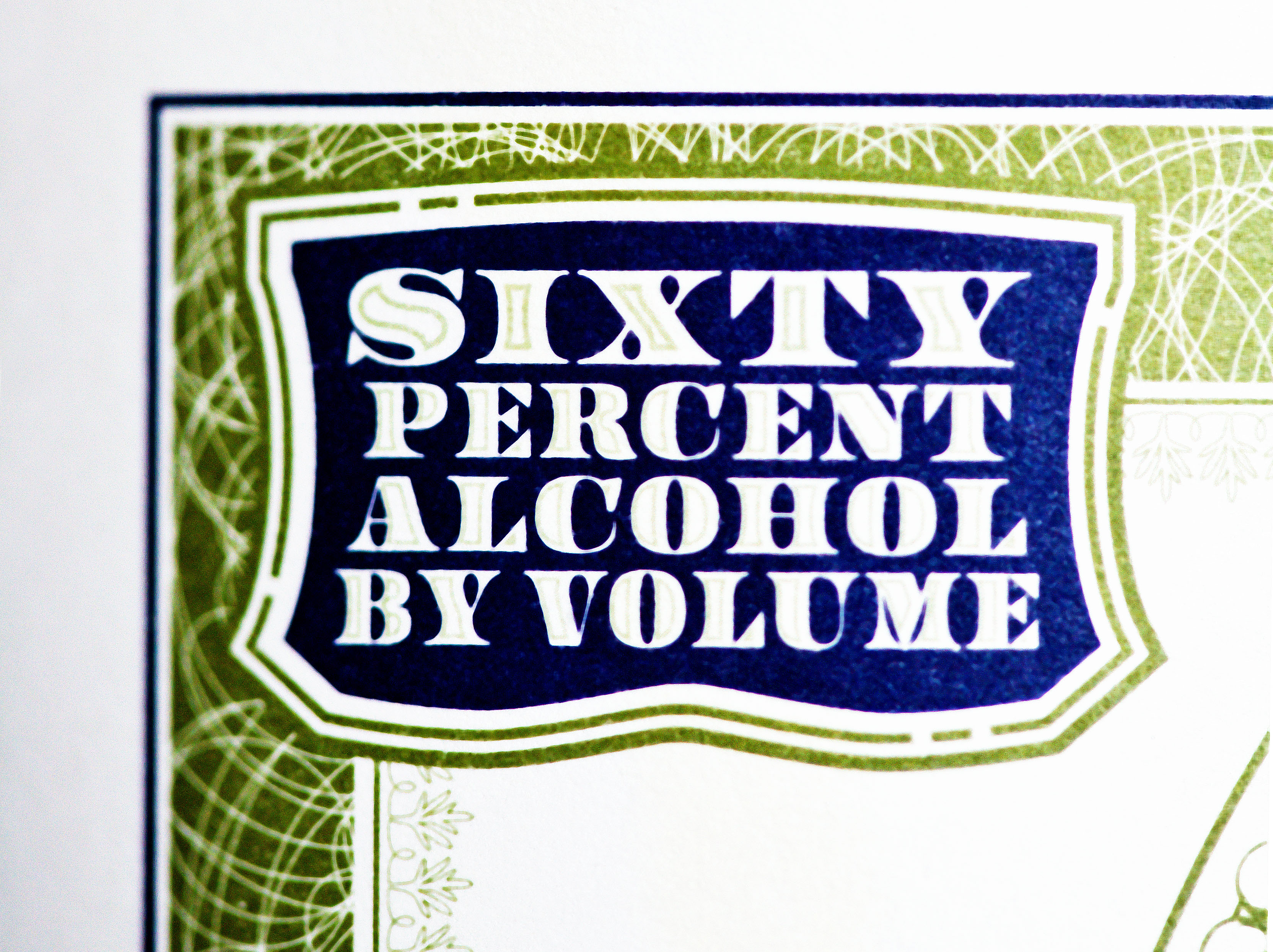|
Tămâioasă Românească
Tămâioasă Românească () (Romanian Muscatel) is a Romanian grape variety used for the production of aromatic wines, ''Tămâioasă'' are natural sweet or semi- sweet wines, with alcohol content of 12%-12.5%. In Moldova Moldova, officially the Republic of Moldova, is a Landlocked country, landlocked country in Eastern Europe, with an area of and population of 2.42 million. Moldova is bordered by Romania to the west and Ukraine to the north, east, and south. ..., is known as ''Busuioacă albă''. at agerpres.ro The golden-yellow wine has a pronounced honey-like flowery bouquet. Because of its natural sweetness it is usually consumed as a dessert. References [...More Info...] [...Related Items...] OR: [Wikipedia] [Google] [Baidu] |
Romanian Wine
Romania is one of the world's largest wine producers and sixth-largest among European wine-producing countries, after Italy, France, Spain, Germany and Portugal. It produced more wine than New Zealand and Austria but is lesser-known on the world wine stage. In 2021 it produced around 4.5 million hectolitres of wine. In recent years, Romania has attracted many European business people and wine buyers, due to the affordable prices of both vineyards and wines compared to other wine-producing nations such as France, Germany, and Italy. Romania's most cultivated grape varieties are for white wines Fetească Albă, Fetească Regală, Riesling, Aligoté, Sauvignon, Muscat, Pinot Gris, Chardonnay, Tămâioasă Românească, Grasă de Cotnari, Galbenă de Odobești. Also, the main grape varieties for red wines are Merlot, Cabernet Sauvignon, Băbească Neagră, Fetească Neagră, Pinot Noir. History Romania has one of the oldest wine-making traditions in the world and its viticulture ... [...More Info...] [...Related Items...] OR: [Wikipedia] [Google] [Baidu] |
Grape Variety
This list of grape varieties includes cultivated grapes, whether used for wine, or eating as a table grape, fresh or dried (raisin, Zante currant, currant, sultana (grape), sultana). For a complete list of all grape species, including those unimportant to agriculture, see ''Vitis''. The term ''grape variety'' refers to cultivars (rather than the Variety (botany), botanical varieties that must be named according to the International Code of Nomenclature for algae, fungi, and plants). Single-species grapes While some of the grapes in this list are hybrids, they are hybridized within a single species. For those grapes hybridized across species, known as interspecific hybrids, see the section on #Multispecies hybrid grapes, multispecies hybrid grapes below. ''Vitis vinifera'' (wine) Red grapes White grapes Rose grapes ''Vitis vinifera'' (table) Red table grapes * Black Corinth * Black Monukka * Black Rose (grape), Black Rose * Cardinal (grape), Cardinal * Mazza ... [...More Info...] [...Related Items...] OR: [Wikipedia] [Google] [Baidu] |
Aroma (wine)
The aromas of wine are more diverse than its flavours. The human tongue is limited to the primary tastes perceived by taste receptors on the tongue – sourness, bitterness, saltiness, sweetness and savouriness. The wide array of fruit, earthy, leathery, floral, herbal, mineral, and woodsy flavour present in wine are derived from aroma notes sensed by the olfactory bulb.J. Robinson (ed) ''"The Oxford Companion to Wine"'' Third Edition p. 683 Oxford University Press 2006 In wine tasting, wine is sometimes smelled before taking a sip in order to identify some components of the wine that may be present. Different terms are used to describe what is being smelled. The most basic term is aroma which generally refers to a "pleasant" smell as opposed to odour which refers to an unpleasant smell or possible wine fault. The term aroma may be further distinguished from bouquet which generally refers to the smells that arise from the chemical reactions of fermentation and agin ... [...More Info...] [...Related Items...] OR: [Wikipedia] [Google] [Baidu] |
Sweet Wines
The subjective sweetness of a wine is determined by the interaction of several factors, including the amount of sugar in the wine, but also the relative levels of alcohol, acids, and tannins. Sugars and alcohol enhance a wine's sweetness, while acids cause sourness and bitter tannins cause bitterness. These principles are outlined in the 1987 work by Émile Peynaud, ''The Taste of Wine''. History ''Vintage: The Story of Wine'', a book authored by British wine writer Hugh Johnson, presents several methods that have been used throughout history to sweeten wine. The most common way was to harvest the grapes as late as possible. This method was advocated by Virgil and Martial in Roman times. In contrast, the ancient Greeks would harvest the grapes early, to preserve some of their acidity, and then leave them in the sun for a few days to allow them to shrivel and concentrate the sugar. In Crete, a similar effect was achieved by twisting the stalks of the grape to deprive them of s ... [...More Info...] [...Related Items...] OR: [Wikipedia] [Google] [Baidu] |
Alcohol Content
Alcohol by volume (abbreviated as alc/vol or ABV) is a common measure of the amount of Alcohol (drug), alcohol contained in a given alcoholic beverage. It is defined as the volume the ethanol in the liquid would take if separated from the rest of the solution, divided by the volume of the solution, both at . Pure ethanol is lighter than water, with a density of . The alc/vol standard is used worldwide. The International Organization of Legal Metrology has ethanol (data page)#Properties of aqueous ethanol solutions, tables of density of water–ethanol mixtures at different concentrations and temperatures. In some countries, e.g. France, alcohol by volume is often referred to as degrees Gay-Lussac (after the French chemist Joseph Louis Gay-Lussac), although there is a slight difference since the Gay-Lussac convention uses the International Standard Atmosphere value for temperature, . Volume change Mixing two solutions of alcohol of different strengths usually causes a change in ... [...More Info...] [...Related Items...] OR: [Wikipedia] [Google] [Baidu] |
Moldovan Wine
Moldova has a well-established wine industry. With a production of around 2 million hectolitres of wine (as of 2018), it is the 11th largest European wine-producing country. Moldova has a vineyard area of of which are used for commercial production. The remaining are vineyards planted in villages around the houses used to make home-made wine. Many families have their own recipes and strands of grapes that have been passed down through the generations. There are 3 historical wine regions: Valul lui Traian (south west), Stefan Voda (south east) and Codru (center), destined for the production of wines with protected geographic indication. In 2022 the majority of wines were exported, being sent to 75 countries, with 60% of wine produced being exported to European Union countries. History Fossils of '' Vitis teutonica'' vine leaves near the Naslavcia village in the north of Moldova indicate that grapes grew here approximately 6 to 25 million years ago. The size of grape seed i ... [...More Info...] [...Related Items...] OR: [Wikipedia] [Google] [Baidu] |
Grape Varieties Of Romania
A grape is a fruit, botanically a berry, of the deciduous woody vines of the flowering plant genus ''Vitis''. Grapes are a non- climacteric type of fruit, generally occurring in clusters. The cultivation of grapes began approximately 8,000 years ago, and the fruit has been used as human food throughout its history. Eaten fresh or in dried form (as raisins, currants and sultanas), grapes also hold cultural significance in many parts of the world, particularly for their role in winemaking. Other grape-derived products include various types of jam, juice, vinegar and oil. History The Middle East is generally described as the homeland of grapes and the cultivation of this plant began there 6,000–8,000 years ago. Yeast, one of the earliest domesticated microorganisms, occurs naturally on the skins of grapes, leading to the discovery of alcoholic drinks such as wine. The earliest archeological evidence for a dominant position of wine-making in human culture dates from 8, ... [...More Info...] [...Related Items...] OR: [Wikipedia] [Google] [Baidu] |




